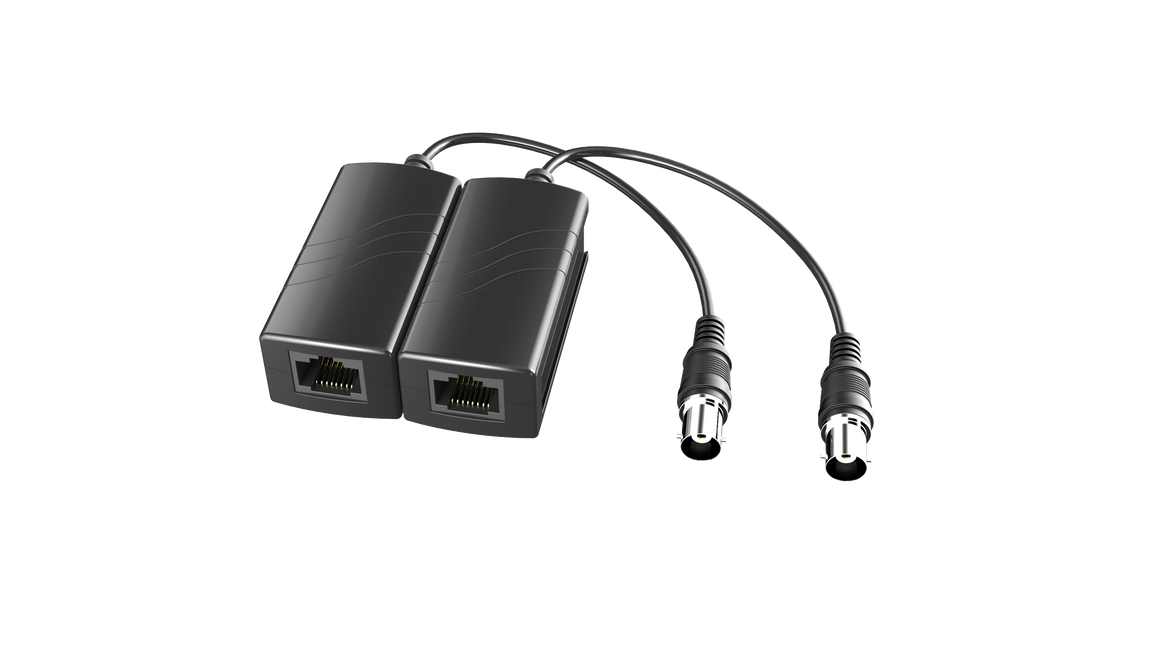
While dual-band WLAN channels can be transmitted over coaxial cabling where an access point uses interleaved radio chains for 2.4 and 5 GHz, Wi-Fi over coax may require diplexers for concurrent use with other frequencies, such as those supported by MoCA products. Since a Wi-Fi over Coax deployment may use a single access point as opposed to multiple access points or range extenders, wireless transmission and interference is not doubled, resulting in greater use of channel capacity per the modulation and coding scheme and greater throughput (expressed in Mbps). In contrast to fast roaming supported by IEEE 802.11r-2008, no key negotiation or processing is necessary between the access point and a client device when roaming between antennas on a Wi-Fi over Coax DAS, permitting seamless native handoffs. Applications Īs with distributed antenna systems deployed by mobile network operators, Wi-Fi over Coax allows client devices at various antenna locations to connect to a single network, with fronthaul via cabling runs between the distributed antennas and a baseband Wi-Fi radio on an access point. When using 23 dBm of transmit power from an access point radio chain, a Wi-Fi signal at channel 1 (2412 MHz) may be transmitted over 64 metres (210 ft) of RG-6 cabling with a maximum RSSI of −9.9 dBm, or over 340 metres (1,130 ft) of LMR-900-DB cabling with a maximum RSSI of −13.5 dBm. As expressed by the minimum acceptable received signal strength indication (RSSI) for the client device, maximum range via Wi-Fi over coax varies based on transmit power of the access point radio chain, the wireless LAN (WLAN) frequency or frequencies being transmitted, the type and length of the cabling run, assembly loss caused by the specific connectors used, and antenna gain. While the Wi-Fi signal from a radio chain with 23 dBm transmit power may be attenuated by 10.15 dB when passing through a concrete wall, the corresponding attenuation for Wi-Fi over Coax may be limited to the specific cable assembly loss for the width of the wall. Range īy avoiding signal attenuation caused by obstructions and free-space path loss, Wi-Fi over Coax can increase Wi-Fi coverage beyond the minimum receiver sensitivity attainable by Wi-Fi over the air alone. As part of a distributed antenna system, Wi-Fi over Coax can connect multiple floors of a home or office via power dividers and zoned antennas either passively or via amplifiers, potentially eliminating the need for multiple access points. Coaxial cables with characteristic impedance of 75 Ω, such as RG-6 cables used for in-building television distribution, can also be used by incorporating impedance converters. As an in-building wireless solution, Wi-Fi over Coax can make use of existing or new cabling with native impedance of 50 Ω shared by a Wi-Fi access point, cabling run, and antenna. Wi-Fi over Coax is a technology for extending and distributing Wi-Fi signals via coaxial cables. Please introduce links to this page from related articles try the Find link tool for suggestions.

ECB6250 2.5 Gbps x 1.0 Gbps Bonded MoCA 2.5 Ethernet over Coax Adapter.ECB7250 2.5 Gbps x 2.5 Gbps Bonded MoCA 2.5 Ethernet over Coax Adapter.
Wifi extender over coax windows#
Classroom Commander Student device orchestration for Windows 10/11 and Chromebook devices.
Wifi extender over coax plus#
1000 EDU | Wireless Display Receiver App-free screen mirroring across OS devices plus Classroom Commander.960 | Wireless Display Receiver App-free wireless display, extended desktop and interactive touch display.Central Management System (CMS) Centrally manage receivers across locations saving time and money.1100 | Wireless Display Receiver 4K app-free screen sharing across OS platforms, employee and guest network.
Wifi extender over coax pro#

ScreenBeam Conference Wirelessly connects user devices to displays and room peripherals for flexible collaboration and content sharing.



 0 kommentar(er)
0 kommentar(er)
